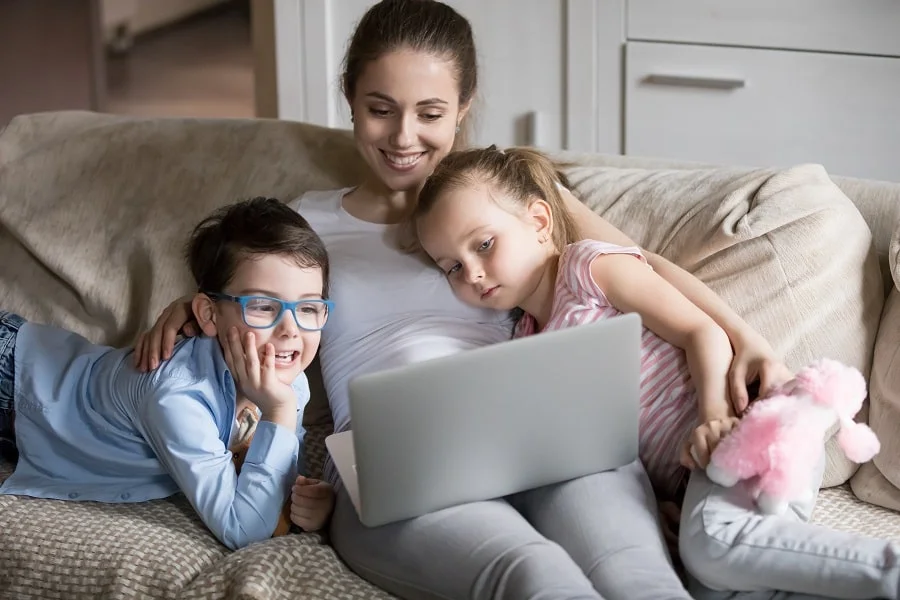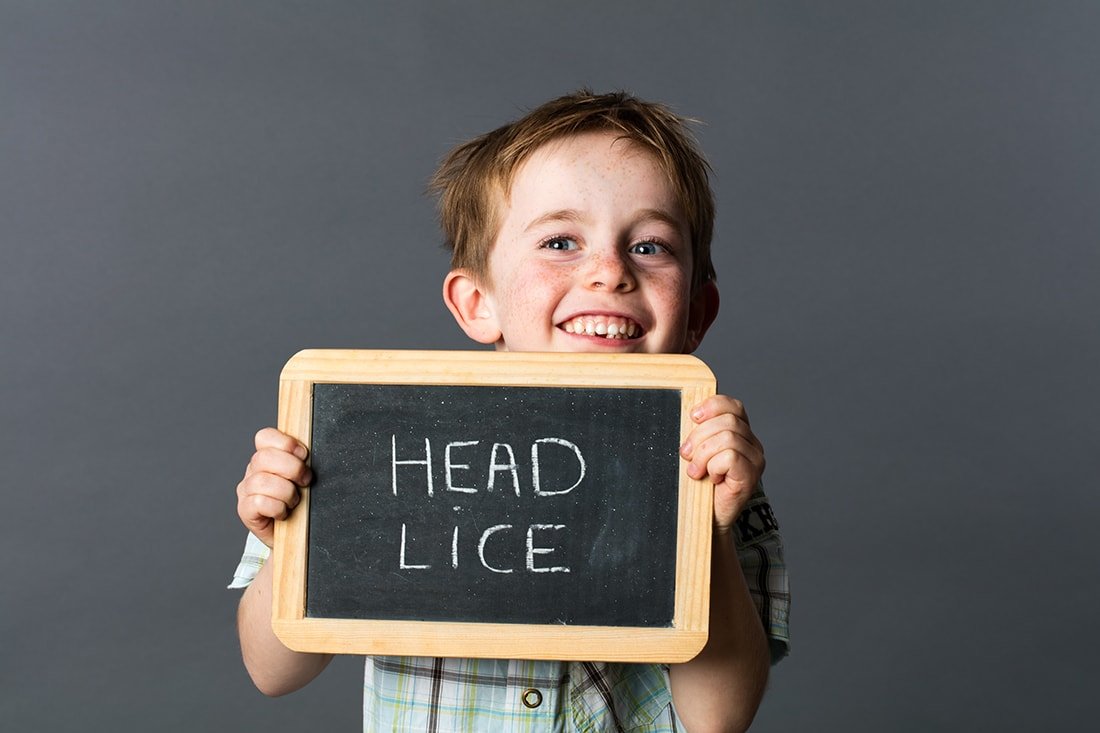How Long Do Lice Live on Stuffed Animals?
Lice infestations can be extremely stressful, and the idea of having to bag away every single one of your child’s stuffed animals only serves to further add to your stress and exhaustion. Currently, the CDC recommends that all non-washable clothing and toys that have had contact with an infected person be sealed in a plastic bag and stored for two weeks. Parents often follow this guideline and clean their house from top to bottom only to find that they can’t seem to rid their child of lice.
Fresh Heads believes that the secret to ending an infestation doesn’t lie in deep housecleaning or bagging your child’s stuffed animals. Instead, we believe the secret to effective lice removal lies in treating your child’s head, not their stuffed animals, and understanding the lice life cycle.
Understanding the Lice Life Cycle
According to The Centers of Disease Control, it is technically possible to contract lice from a stuffed animal. This is true especially with one that has recently been in contact with someone infected with lice. However, they also note that the lice life span is less than one to two days once the parasites fall off a child or household member and are unable to feed.
The lice life cycle relies on blood and warmth from a human host to support survival. Without the warmth and blood of the human scalp, survival is cut short as nits cannot hatch and usually die within a week.
This means that once a louse leaves your child’s head, it’s timeline for survival decreases exponentially. So, while bagging away all your child’s teddy bears may make you feel better, it’s important to realize that it’s impossible for a louse to survive on their stuffed animal. You should put the greater focus on treating your child’s scalp, as seeking treatment for lice removal means that all bugs and eggs, nits, are eliminated from the hair- reducing the chances of re-infestation.
Lice Removal Service in Jacksonville, Orlando, and Savannah
Today, lice removal treatment is easier than ever, and parents can rest assured that they are sure to find an affordable option. Here at Fresh Heads we are committed to safely and quickly removing head lice so your child can return to normal life as soon as possible. We have convenient locations in Jacksonville and Orlando, FL, and Savannah, GA. Contact us today to learn more about the lice life cycle and discover more about our services and featured products can help you!








